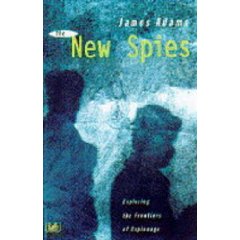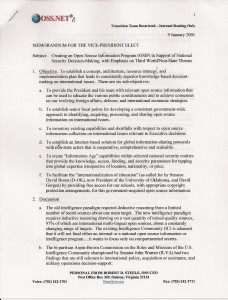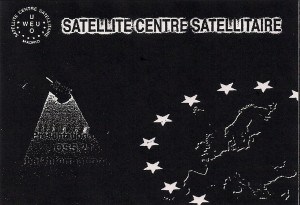This was not the book I was looking for, but it is still worthy of buying if you have any interest at all in charting knowledge terrain and “knowing who knows”. In honor of Eugene Garfield, arguably the most influential man in the sociology of knowledge in this century or any other, the book provides a wonderful collection of *methodological* articles about the bibliometrics and indicators associated with charting who quotes whom and what does it mean in terms of influence within and among nations, organizations, schools of thought, and individual cabals.
I was intrigued to find that the book, perhaps because it is so original and represents the first book-length collection of its kind, did not include an article on a topic near and dear to my heart, that is, developing algorithms to identify anomalies in citation such that one can weed out those who are citing one another simply to “beat the game.” As citation analysis becomes a more mainstream means of measuring intellectual contributions (it is still not mainstream–too many otherwise talented intelligence community managers of analysts have no clue it exists), some form of citation validation and policing will be needed.
There are three other areas where I would say that this book is a vital and valuable foundation, and desperately in need of three distinct sequel publications:
First, we need to migrate the value of citation analysis to the Internet, not only to electronic journals but to citations of self-published papers on web sites as well as to informed observations in expert forums. Neither the classification schema nor the industry standards for making this possible exist today. I would go so far as to suggest that a new Internet standards committee dedicated to this specific issue should be created, immediately.
Second, an analagous situation exists with those experts who are not permitted to publish in the open literature, but who are very well known by virtue of their title, organizational affiliation, participation in conferences, or classified work revealed to a very few. As the core competency of government becomes the nurturing of national knowledge–not only in science and technology but also in all international as well as domestic matters–some form of citation analysis process must be developed that makes these experts (or if not expert, then influentials by virtue of their position at the international, national, state/provincial, or local levels) and their counterparts in non-governmental organizations (e.g. Red Cross, World Bank, elements of the United Nations) readily identifiable. The Internet, and the public availability of email communication pattern analysis information that does not intrude on the substantive privacy of electronic communications, may possible be helpful here.
Third, and finally, we come to the area of interest that originally led to my purchasing this book, which is that of actually identifying centers of excellence and “portals” into the entire range of published and unpublished knowledge on any given topic. Such a sequel publication must not only document, in an evolutionary or “living” way, who the top 100 people are across every social science and science topic, but also the top 25 institutions with deliberate distinctions between Asian, Americas, European, and African centers of excellence. The Institute of Scientic Information (ISI) has been unwilling to do this as an internal investment, and has not heard from enough governments and corporations to warrant its moving aggressively to create what I would regard as an extraordinarily valuable and relevant guide for all manner of investments and improvements in international, national, and state-based research and education. I would go so far as to say that such a guide, such a service of common concern, would go a very long way toward making possible extraordinary new means of leveraging distributed intellectual resources, lowering the cost of seminal research, and introducing new forms of transnational collaborative work.
Garfield, and citation analysis and all those who have built on Garfield's work, together represent the first mile in a hundred mile journey toward creating the “World Brain” that H.G. Wells, among a select few, has envisioned. There is much yet to be done.










